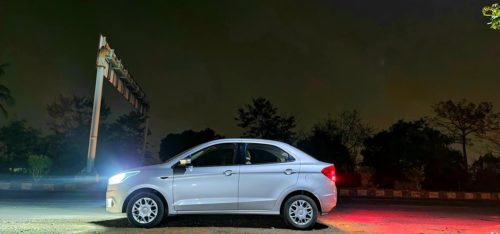Top Driving Techniques That Can Help You Save Fuel
A car, like the human body, needs the energy to move. This energy is derived from the input of food (for us) and fuel (for our cars). However, in much the same way our bodies need additives such as vitamins and minerals, our cars also need spares and consumables. Economical driving involves reducing fuel consumption while minimising wear and tear on vehicle components. This extends their useful life – and consequently, their replacement intervals.
Be Gentle On Your Car

- Picture Courtesy: Tejas Gandhi
Your car has to work very hard to move you around, which is why you should treat it gently. The gentler you are with your car, the less fuel it will consume. What’s more, the wear and tear of the components will also be less. From the perspective of fuel efficiency, gentle braking and acceleration are the way to go; acceleration consumes more fuel than coasting, and braking necessitates acceleration in its aftermath. Harsh acceleration and braking also put more stress on the engine, brakes, suspension, tyres, and other drivetrain components.
Check The Tyre Pressure
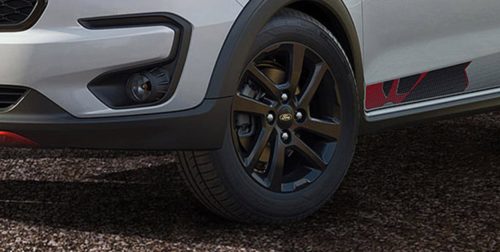
Correctly inflated tyres reduce the rolling resistance faced by your car while maintaining an adequate grip on the ground, resulting in a more fuel-efficient and safer drive. Tyres naturally leak air over time, which is why you must regularly monitor the air pressure. Underinflated tyres reduce fuel efficiency and wear out quicker. Overinflated tyres might increase fuel efficiency by dramatically lowering rolling resistance, but they also offer much less grip, especially on wet roads. Overinflated tyres are also at high risk of blow-out and make for unsafe driving.
If you drive a Ford car, with the FordPass mobile app connected to your car, you can easily keep a tab on your car’s health; tyre pressure, oil life, fuel level etc. You even turn on and turn off the engine with just the touch of a button via FordPass.
Don’t Ride The Clutch
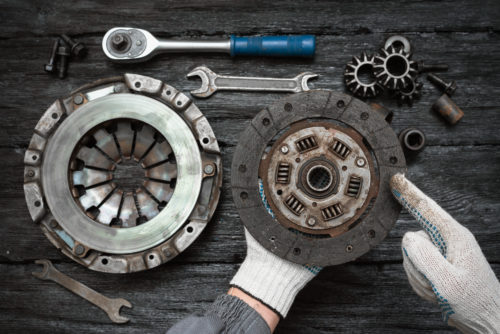
Riding the clutch is common malpractice among drivers. This involves keeping the clutch depressed, even if gently, while the vehicle is in gear. When the clutch pedal is depressed the clutch plate actually disengages from the flywheel leading to wastage of power generated by the engine. The clutch plate needs to be disengaged only while changing gears. As often seen, people change gears frequently, like in city roads with traffic compared to highways where the gear changes are minimum, this results in poorer fuel efficiency. Drivers often ride the clutch when starting from a standstill on inclines since this prevents the car from sliding back. This, too, damages the clutch components. Ford’s Hill Launch Assist is a great help here – it automatically keeps the car in place for a few seconds so you can continue up the incline without wearing out your clutch.
Avoid Unnecessary Idling

- Picture Courtesy: Rums
At stoplights, or in any situation where you might be stationary for a few minutes, turning the engine off and taking your foot off the clutch is a great way to save fuel and reduce wear on components like the clutch and engine. Idling the engine wastes fuel, and idling with the gear engaged and the clutch pedal depressed results in unnecessary wear on the clutch.
Keep Your Car Aerodynamic
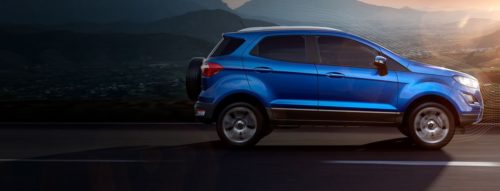
The better your vehicle’s aerodynamics the less wind resistance it has to battle, which in turn means less fuel consumption. When driving at speed, it’s better to roll the windows up (even if this means keeping the air-con on) to make your car more aerodynamic. With your windows down, your car essentially becomes a giant parachute, trapping air inside. For example, the enhanced aerodynamic design on the Ford EcoSport is more than a style enhancement. The special design helps save fuel – making it both eco-friendly and economical. We will let you in on a fun fact – the Ford engineers worked nearly 1,000,000 hours to perfect EcoSport’s aerodynamic, fuel-saving design.
Always Drive Defensively
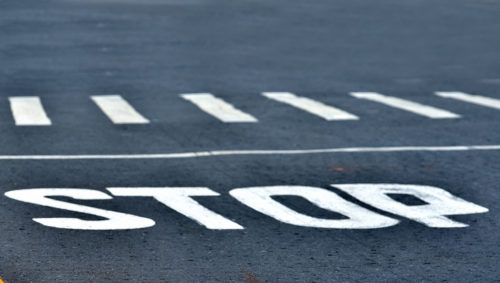
Driving defensively might sound boring, but it is arguably the most effective way to economise your drive. Defensive driving involves anticipating road conditions and adjusting your driving mannerisms accordingly. When you are alert and conscious, there’s less need for sudden acceleration, braking, or frequent gear changes. All of this improves fuel efficiency and mitigates harsh usage of the brake, engine, gearbox, and clutch, thereby extending their lives. A light foot can dramatically reduce the cost of running your car.
Defensive driving is safer too: it minimises the occurrence of ‘emergency’ situations and makes you more predictable to other drivers on the road. Practising caution while driving can be very helpful. In fact, Ford’s Cartesy Campaign which promotes safe driving behaviour urges drivers to be compliant, cautious and compassionate when on road. In line with this effort, Ford recently conducted a survey themed under #Cartesy to highlight behavioural issues stopping Indian roads to become safer & saner.
So you see, it’s easier on the environment and your pocket – and safer as well. Still, think it’s boring? No, it’s not. Economical driving is also more comfortable, and who can say no to that?
Subscribe to our newsletter
Subscribe to our newsletter to stay upto date with latest news, offers and much more


